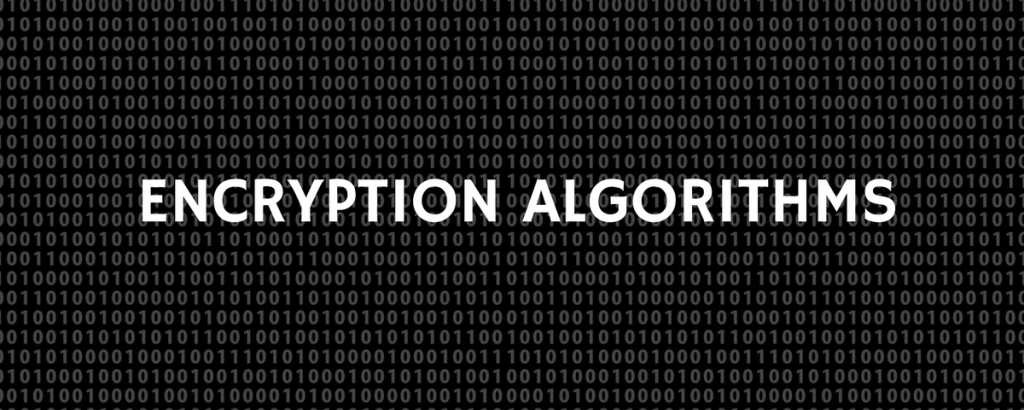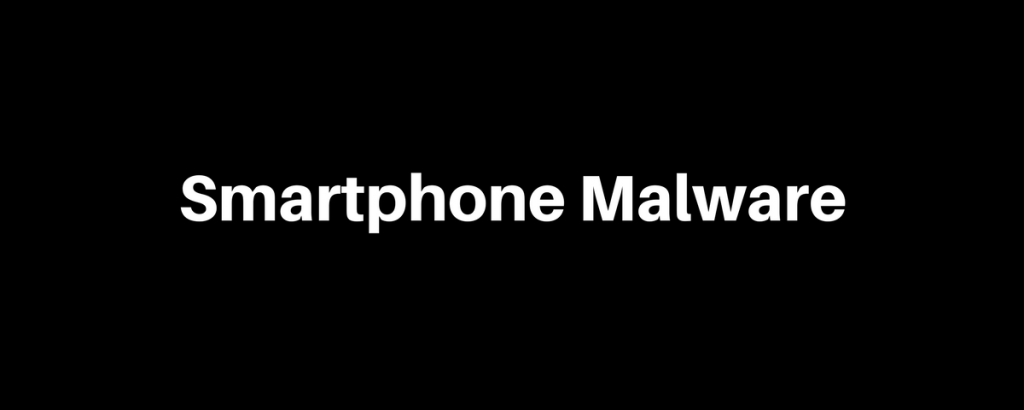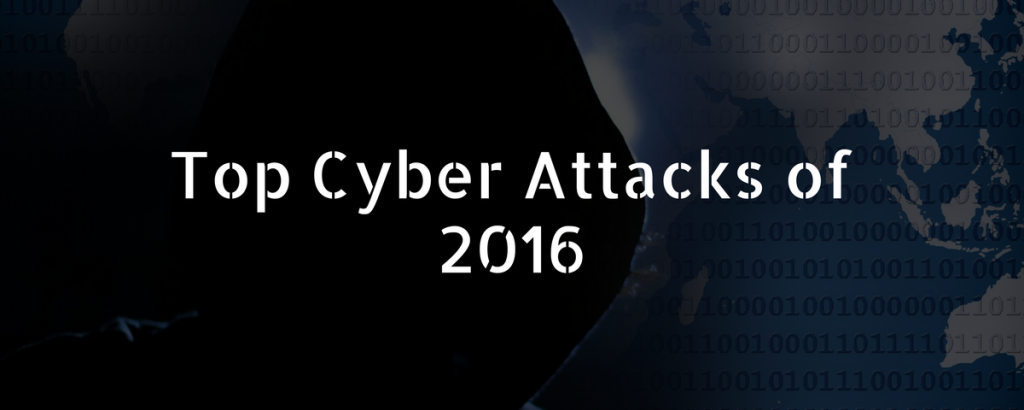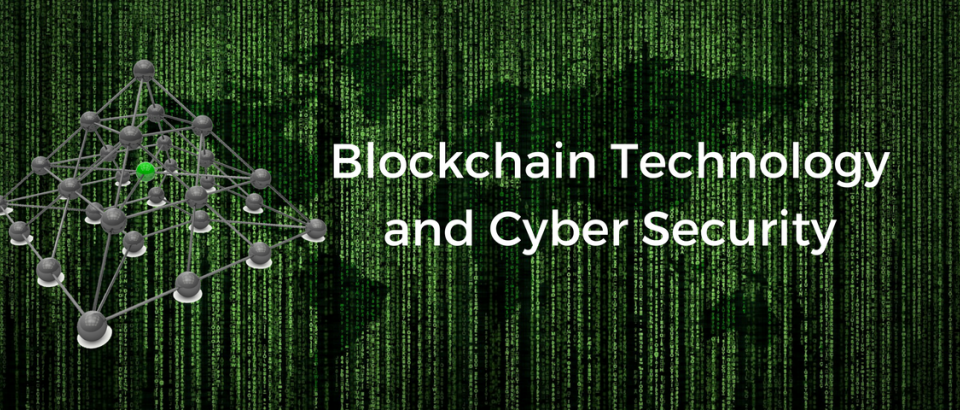
Encryption Algorithms
June 25, 2018
Smartphone Malware
June 25, 2018
Top Cyber Attacks of 2016
We live in a world where cyber-attacks, data leaks and security breaches quite frequently make it to the breaking news headlines! Government agencies, corporates firms and leading banks – all have had to deal with cyber-attacks in past. The year 2016 was no different and saw some of the worst cyber-attacks in the history. From influencing US Presidential elections to banks losing money, the year 2016 has seen it all.
Here is a summary of some of the biggest cyber-security attacks, breaches and data thefts that came into light in 2016.
US Presidential Elections – Leaked Emails
The year 2016 saw hackers get access to email communication between US Democratic National Committee’s (DNC – Democrats) Presidential candidate Hillary Clinton and one of her close associate John Podesta who was the chairman of Hillary Clinton’s election campaign. The leaked emails were later published by Wikileaks in the run up to the US Presidential elections and thus attempted at influencing the elections.
It is believed that in the run up to the elections, hackers had sent phishing emails to numerous members of Democrats and one such phishing email was also sent to John Podesta, the chairman of Hillary Clinton’s election campaign, asking John to change his password. John’s close aide spotted the phishing email and forwarded it to a computer technician who in turn, by mistake, flagged it as legitimate instead of illegitimate. This mistake led hackers access to over 60000 emails in John Podesta’s email account. The leaked emails were subsequently published by Wikileaks.
Philippines Voter Data Leak
Weeks before Philippines General Elections which were scheduled on May 9th 2016, the database of Philippines Commission on Elections (COMELEC) was breached and records of approximately 55 million registered voters were exposed and published in the public domain.
This was Philippines’ worst ever data leak that had put voters at risk and exposed registered voters’ data into public domain including their personal information, fingerprint data and passport information, etc.
A Philippines based hackers group called Anonymous Philippines claimed the responsibility of the hack, and voters’ data is believed to have been made public by LulzSec Pilipinas.
Multiple SWIFT Cyber Attacks
The year 2016 saw multiple attacks on SWIFT transaction software to steal millions from various banks across the globe. SWIFT or Society for Worldwide Interbank Financial Telecommunications is a global financial messaging system used by banks and other financial entities.
In February 2016, hackers took advantage of this SWIFT system and stole 81 million dollars from Bangladesh Central Bank.
The second, third and forth similar incident took place in May 2016 when hackers again abused the SWIFT system and attacked banks in Vietnam and Philippines. In June 2016, the fifth SWIFT hack incident happened when hackers stole 10 million dollars from a Ukrainian bank through SWIFT system.
Dyn DDoS Attack
On October 21st 2016 hackers launched a massive cyber-attack against US DNS service provider Dyn which caused a temporary shutdown of major websites including Twitter, Netflix, Amazon, Airbnb, PayPal, The New York Times, SoundCloud, Shopify, and many others.
The services to affected websites remained disrupted for almost an entire day and caused inconvenience to over a billion customers worldwide.
The hackers carried out this attack by compromising thousands of IoT (Internet of Things) endpoint devices using a special malware, making the devices behave like bots, which transformed into a bigger botnet and eventually caused a Distributed Denial of Service (DDoS) attack on Dyn servers.
Hacker groups like SpainSquad, Anonymous and New World Hackers claimed the responsibility for carrying out Dyn DDoS cyber-attack.
Yahoo! Twin Data Breaches
In September 2016, technology giant Yahoo shocked the world when it revealed that around 500 million user accounts have been breached. What was more embarrassing for Yahoo and shocking for the users was when Yahoo later announced that the breach had actually occurred in the year 2014 but surfaced out only in 2016.
But this was not the end of embarrassment for Yahoo. In December 2016, Yahoo further disclosed that a separate security breach incident had occurred way back in August 2013 wherein over one billion user accounts had been compromised.
The two data breaches had led to theft of consumer data including name, email address, phone number, date of birth, security questions with answers, and passwords. This sensitive data is supposedly still circulating on the dark web.
These twin data breaches of Yahoo are considered to be largest in the history of Internet. Yahoo initially had blamed state-sponsored agencies for the breach but later withdrew its statement, currently the inquiry into the breach is still on-going.
LinkedIn Hack
While LinkedIn was actually hacked in 2012 but the actual revelations came into limelight only in 2016.
LinkedIn was hacked way back in 2012 when its data was breached by Russian hackers and it was believed about 6.5 million user accounts were compromised, which resulted in login details (email and password) of these user accounts being stolen. The hackers were easily able to crack the passwords, the reason being, although the passwords were encrypted, but were not salted when stored in the LinkedIn database.
In 2016 the LinkedIn hack again surfaced out when it was revealed that the actual number of user accounts compromised due to 2012 breach was much higher, more than 117 million users were actually hacked. The details of the compromised user accounts, emails and passwords, were apparently sold on the dark web. It is believed that this sensitive information is still being circulated on the dark web.
DDoS attack on automated systems in Finland
In October 2016 hackers carried out a Distributed Denial of Service (DDoS) attack on automation system of two buildings in Finland resulting in disruption of the heating systems. The building automated systems remained affected for over a week causing severe inconvenience to the residents during the cold winter season.
The DDoS attack had put the building automation system in an endless cycle of reboot, making devices restart every few minutes, causing disruption of the services. The attack had also stopped remote-access to the automation system hampering the efforts to diagnose and fix the issue remotely.
This attack raised a big question on the security of Internet of Things (IoT) connected devices, and also emphasizes the need to have stronger cyber security for Internet of Things.
Ransomware Attacks
The year 2016 saw a series of ransomware attacks. Ransomware is a malware that encrypts your files, holds them hostage and then demands money to decrypt the files, payments made to anonymous bitcoin accounts.
Ransomware attacks were rampant in 2016 and has proved to be successful money-making model for cyber criminals. Ransomware cyber criminals made over $1 billion in 2016.
Tumblr Hack
Tumblr, a popular social blogging website, announced in May 2016 that it had suffered a security breach in 2013 which led to 65 million user accounts being compromised. Sensitive data like emails and passwords of tumblr users were leaked and circulated on the dark web as per reports.
Kryptotel is an IT Security Services and Product Development Company specializing in Cyber Security and Secure Communications. Kryptotel develops secure communication applications with strong encryption and security features. Feel free to consult Kryptotel for your cyber-security challenges. www.kryptotel.net.


